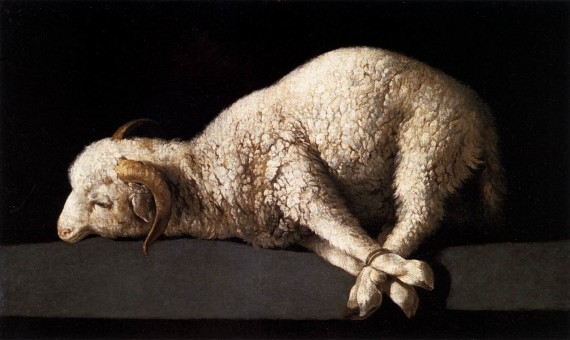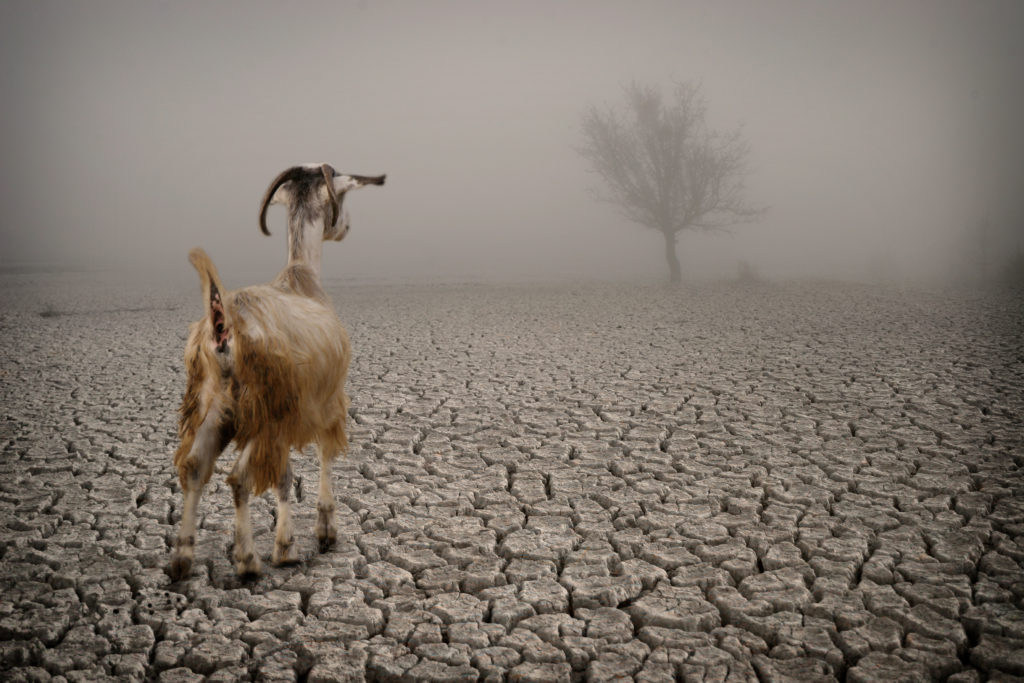We are used to referring to our Lord as the “Lamb of God,” a term that John the Baptist uses when he points Jesus out to his disciples when seeing him pass by, he said, “Behold the Lamb of God, who takes away the sin of the world” (John 1:29).

Rarely used as Christological metaphors are the goats of Yom Kippur: Aside from a sacrificial bull, two goats are selected for the traditional Jewish ceremony on the Day of Atonement. Through lottery, one goat is offered as blood sacrifice, while the other is dedicated to “Aza-zel,” which means “absolute removal.”
The goat chosen for sacrifice is slain, and its blood is taken into the Holy of Holies, the innermost sanctuary of the Temple of Jerusalem, where the Ark of the Covenant is sheltered. The Ark is believed to bear the presence of Yahweh; hence, the Holy of Holies is separated from the remainder of the temple by a thick sacred veil called the parochet.
The Ark of the Covenant is considered so holy that only the high priest can enter the Holy of Holies–and only once a year precisely on the feast of Yom Kippur.
The high priest sprinkles the blood of the slain goat on the lid of the Ark of the Covenant–the “mercy seat”–where Yahweh is believed to be enthroned.
The Azazel goat, on the other hand, is not slain. The high priest lays both his hands on its head while confessing the sins of Israel to God, figuratively transferring these sins onto the goat. The scapegoat is then led out of the city and into the wilderness, carrying the sins of the people and taking them away.

It is not hard to guess the significance of these two rituals of Yom Kippur for us Christians.
For our salvation, our Lord Jesus has agreed to be both the sacrificial goal and the scapegoat. His blood washed away the stain of our sins. Moreover, by allowing himself to be treated as an outcast expelled from his own city, he takes away the burden of our sins.
You may be wondering–as I found myself doing: What’s the big deal? Why do both?
What’s the point of having to take away not only the stain of our sins, but also their burden?
I think it just illustrates for us the power of Christ’s redemptive work and the vastness of God’s mercy. Because of Christ’s self-sacrifice, because of God’s boundless mercy, not only have our sins been forgiven, but their natural consequences–especially our separation from God–have also been eliminated.
Image sources: redeeminggod.com
ucg.org